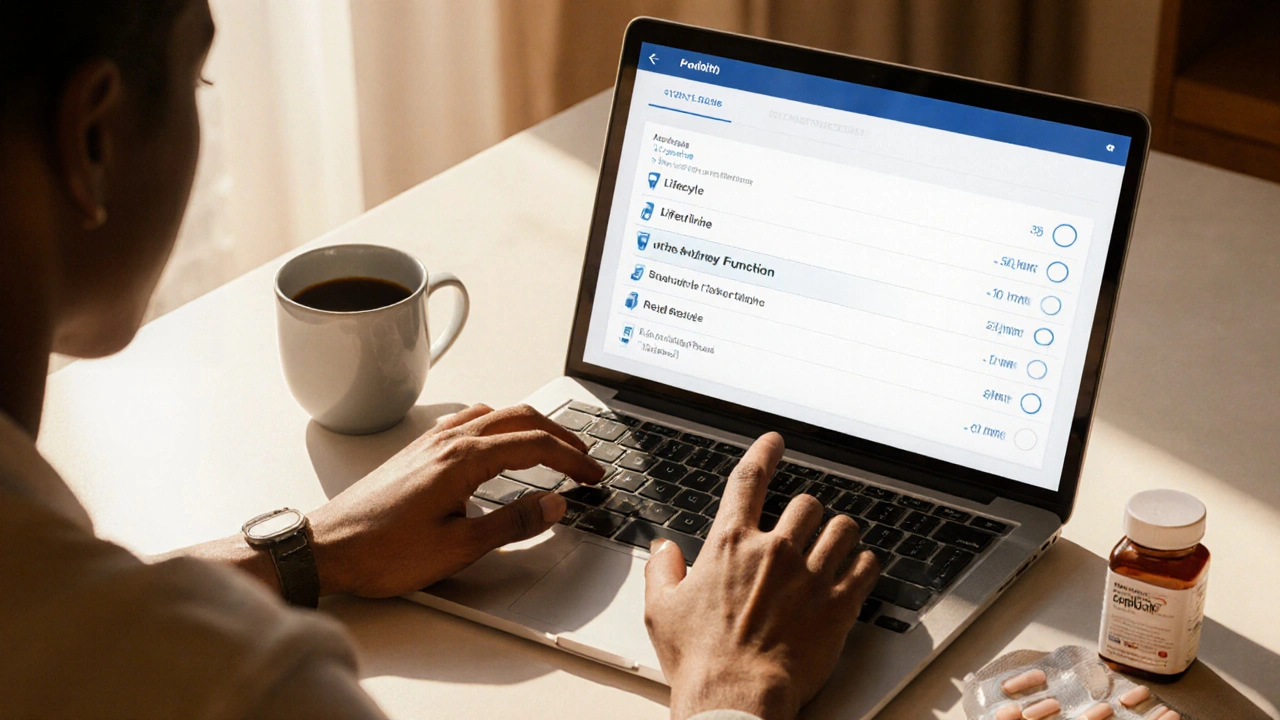Prandin Alternatives – Options for Type 2 Diabetes
When looking at Prandin alternatives, the range of non‑repaglinide drugs you can switch to for type 2 diabetes. Also known as repaglinide substitutes, they help control post‑meal blood sugar when Prandin isn’t a good fit. Prandin alternatives matter because many patients experience side‑effects, cost concerns, or dosing challenges with the original drug. The first step is to understand what Prandin (repaglinide) actually does: it belongs to the meglitinide class, prompting a quick insulin burst after meals. Knowing its mechanism lets you compare other classes that either boost insulin, improve insulin sensitivity, or slow carbohydrate absorption. Below we break down the major groups you’ll encounter when scouting a swap.
Key Drug Families That Serve as Prandin Alternatives
One common substitute is a sulfonylurea, an older class of oral agents that also stimulate insulin release. Sulfonylureas such as glimepiride or glyburide share the insulin‑boosting goal but differ in onset and risk of hypoglycemia. Another popular route is the DPP‑4 inhibitor, a drug that prolongs the action of incretin hormones, helping the pancreas release insulin only when needed. Brands like sitagliptin or saxagliptin usually cause fewer low‑blood‑sugar episodes and are taken once daily, which can simplify a regimen.
If you prefer a drug that doesn’t directly push insulin, consider the GLP‑1 receptor agonist, a peptide that slows gastric emptying and enhances glucose‑dependent insulin secretion. Although often injected, newer weekly pens make adherence easier. Finally, some clinicians move patients straight to insulin therapy, the most direct way to replace missing insulin and finely tune doses when oral agents no longer keep A1C in target. Each family brings its own set of attributes—dose frequency, side‑effect profile, cost, and impact on weight—that determines where it fits in your personal plan.
The choice between these options isn’t random; it follows a few logical steps. First, assess your blood‑sugar pattern: frequent post‑meal spikes point toward fast‑acting agents like meglitinides or short‑acting sulfonylureas. Next, weigh the risk of hypoglycemia—if that’s a concern, DPP‑4 inhibitors or GLP‑1 agonists are safer bets. Third, consider extra benefits: GLP‑1 drugs often promote weight loss, while some sulfonylureas are inexpensive and covered by most insurers. Finally, discuss any kidney or liver issues with your doctor, because many oral agents need dose adjustments in those settings. By linking your health profile to these drug attributes, you can pinpoint the most suitable Prandin alternative without trial‑and‑error.
Below you’ll find a curated list of articles that dive deeper into each class, compare costs, outline side‑effects, and give practical tips on switching safely. Whether you’re hunting for a low‑cost sulfonylurea, a once‑daily DPP‑4 inhibitor, or a modern GLP‑1 injection, the posts ahead break down the pros and cons in plain language so you can make an informed decision and keep your blood sugar steady.
Repaglinide (Prandin) vs Other Diabetes Drugs: Full Comparison
A practical comparison of Repaglinide (Prandin) with its main alternatives, covering how it works, pros and cons, cost, safety, and when to choose each option.
Keep Reading
